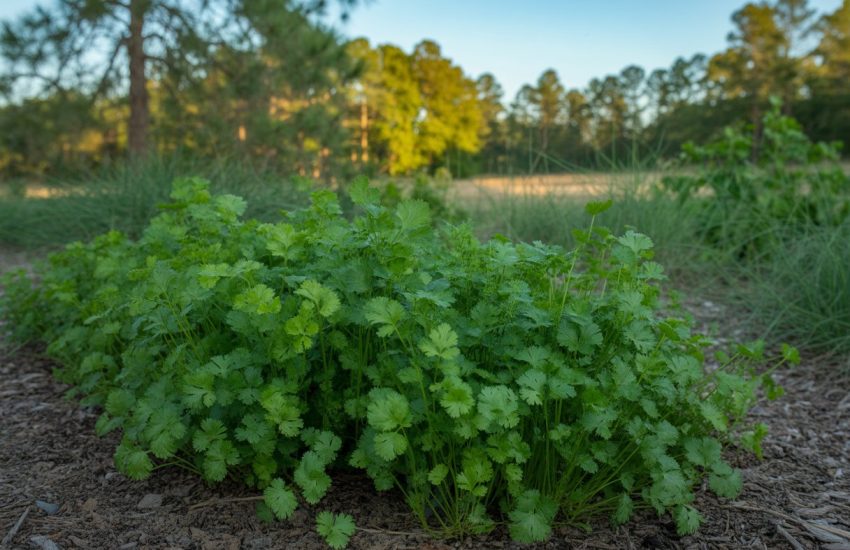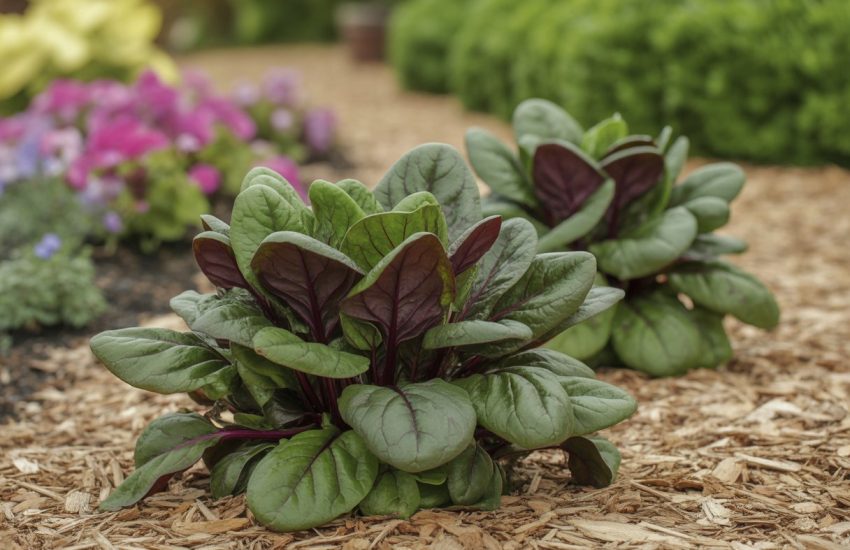Growing Ranunculus in Pots: Tips and Tricks for a Beautiful Display
Ranunculus is a beautiful flowering plant that is commonly grown in gardens. However, not everyone has the space or the desire to plant them in the ground. Growing ranunculus in pots is a great alternative, especially for those who have limited space or want to add some color to their balconies or patios.

When it comes to growing ranunculus in pots, there are a few things to keep in mind. First, it’s important to choose the right type of pot. Ranunculus prefers well-draining soil, so make sure the pot has drainage holes at the bottom. Additionally, the pot should be deep enough to accommodate the long roots of the plant.
Another important factor to consider when growing ranunculus in pots is the soil. A good quality potting mix that is rich in organic matter is ideal. It’s also a good idea to add some perlite or sand to improve drainage. With the right pot and soil, growing ranunculus in pots can be a rewarding and enjoyable experience.
Preparing for Planting
Selecting the Right Pot
Selecting the right pot is crucial for growing healthy ranunculus plants. The pot should be at least 8 inches deep and wide, with enough space to accommodate the growth of the plant. It is recommended to choose a pot made of porous material such as terracotta, which allows air to circulate around the roots and helps prevent waterlogging.
Choosing Soil and Drainage
Ranunculus plants prefer well-drained soil that is rich in organic matter. A good potting mix for ranunculus should contain equal parts of peat moss, perlite, and vermiculite. It is important to ensure that the pot has drainage holes to prevent water from accumulating at the bottom and causing root rot.
Planting Time and Corm Preparation
The best time to plant ranunculus corms is in the fall, between September and November. Before planting, it is recommended to soak the corms in water for a few hours to rehydrate them. After soaking, the corms should be drained and allowed to dry for a day or two before planting.
To plant the corms, fill the pot with the prepared potting mix, leaving enough space at the top for watering. Place the corms on the surface of the soil with the pointed end facing up, and cover them with 1-2 inches of soil. Water the pot thoroughly and place it in a sunny location with good air circulation.
By following these simple steps, anyone can grow beautiful ranunculus plants in pots. With proper care and attention, these plants will bloom in the spring, adding a splash of color and beauty to any garden or balcony.
Caring for Ranunculus in Pots
Ranunculus is a beautiful and popular flowering plant that can be grown in pots with ease. Caring for ranunculus in pots is not difficult, but it requires a few specific considerations to ensure that the plants thrive. Here are a few tips to help you care for your ranunculus in pots.
Watering and Moisture Management
Ranunculus plants require consistent moisture to grow and bloom properly. However, overwatering can lead to root rot and other problems. To avoid this, it is important to water the plants regularly but not excessively. A good rule of thumb is to water the plants when the top inch of soil feels dry to the touch.
To ensure proper moisture management, it is also important to choose the right potting soil. A well-draining soil mix that retains moisture without becoming waterlogged is ideal for ranunculus plants in pots.
Sunlight and Temperature Requirements
Ranunculus plants require full sun to grow and bloom properly. They should be placed in a location that receives at least six hours of direct sunlight per day. However, it is important to protect the plants from frost and extreme heat, which can damage or kill them.
To protect the plants from frost, move them indoors or cover them with a frost cloth when temperatures drop below freezing. To protect them from extreme heat, move them to a location with partial shade or provide shade with a cloth or umbrella.
Fertilization and Blooming
Ranunculus plants require regular fertilization to promote healthy growth and blooming. A balanced fertilizer with equal amounts of nitrogen, phosphorus, and potassium is ideal for these plants. Fertilize the plants every two weeks during the growing season to ensure optimal growth and blooming.
To promote blooming, it is also important to deadhead the spent flowers regularly. This will encourage the plants to produce more blooms and prolong the blooming period.
By following these tips, you can ensure that your ranunculus plants thrive in pots and produce beautiful blooms for you to enjoy.


